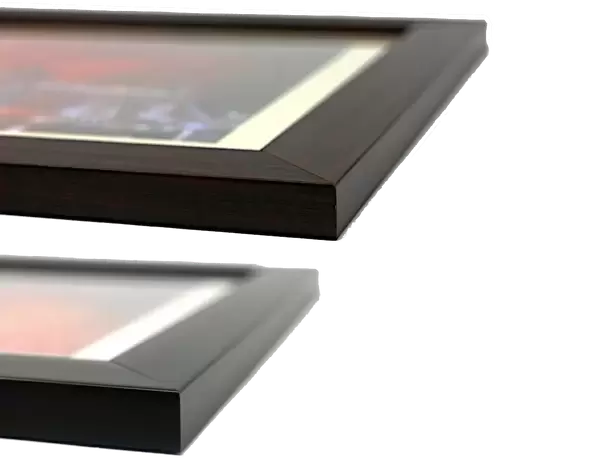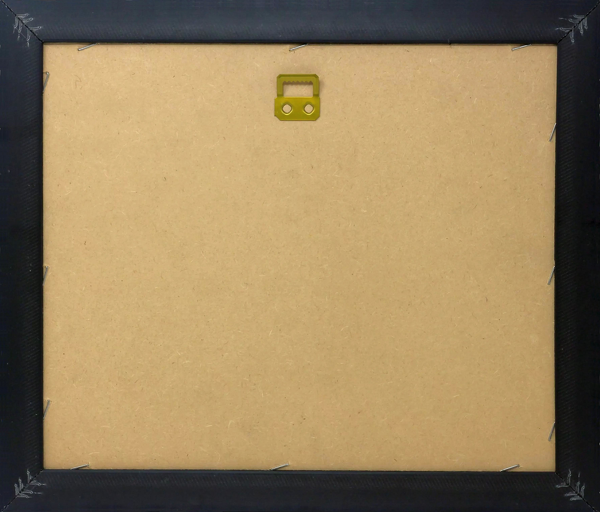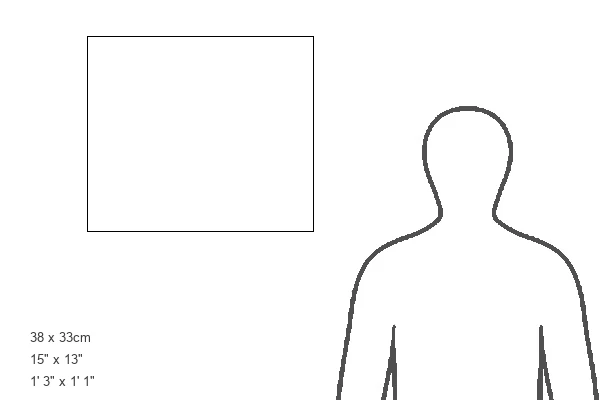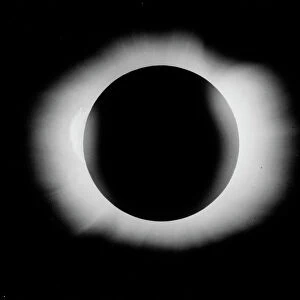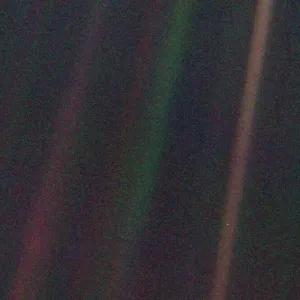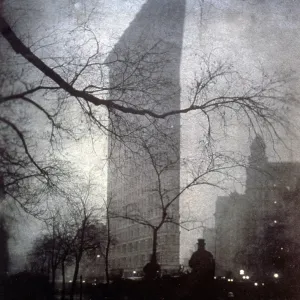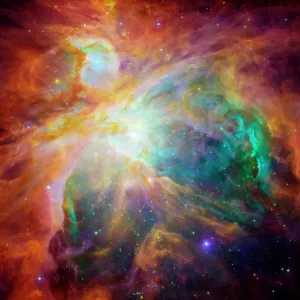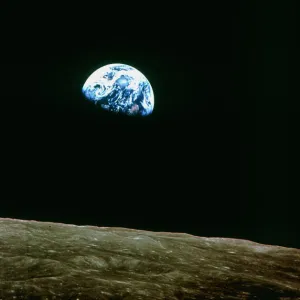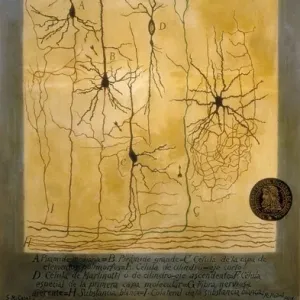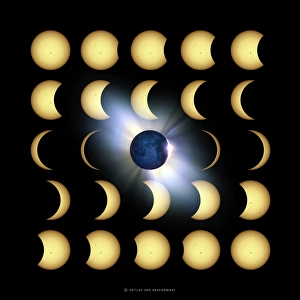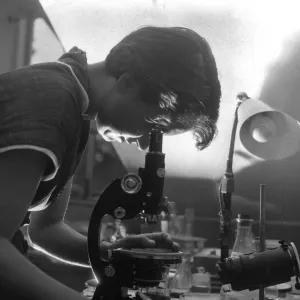Framed Print > Science Photo Library > Space
Framed Print : 1919 solar eclipse
![]()

Framed Photos from Science Photo Library
1919 solar eclipse
1919 solar eclipse. Image 2 of 3. This set of images, taken by the British astronomer Arthur Eddington (1882-1944), confirmed Einsteins theory of general relativity. The stars near the Sun appear slightly shifted because their light is curved by its gravitational field. This shift is only noticeable during a solar eclipse as at other times the Suns brightness obscures the stars. This is a total solar eclipse, when the moon fits over the Sun so only its corona (atmosphere) is visible. Image taken form Principe Island, Gulf of Guinea, on 29 May 1919. For a sequence of the eclipse see R506/416-R506/418
Science Photo Library features Science and Medical images including photos and illustrations
Media ID 1694679
© ROYAL ASTRONOMICAL SOCIETY/SCIENCE PHOTO LIBRARY
1900s Astrophysical Astrophysics Corona Cosmology Eclipsing Einstein Gravitational Field Gravity Moon Shift Solar Eclipse Solar System Star Stars Total Eclipse Totality Eddington Gulf Of Guinea Mono Chrome Shifted
14"x12" (38x32cm) Modern Frame
Introducing the Media Storehouse Framed Prints collection, featuring this captivating image of the 1919 Solar Eclipse. Witness the historic moment when British astronomer Sir Arthur Eddington's observations confirmed Albert Einstein's groundbreaking theory of General Relativity. This set of three images, provided by Science Photo Library, offers a unique glimpse into the past and the pivotal role this event played in shaping our understanding of the universe. Each print is meticulously framed to preserve and showcase the exquisite detail and historical significance of this iconic image. Bring a piece of scientific history into your home or office and ignite conversations with the Media Storehouse Framed Print of the 1919 Solar Eclipse.
Wood effect frame, card mounted, 10x8 archival quality photo print. Overall outside dimensions 14x12 inches (38x32cm). Environmentally and ozone friendly, 40mm wide x 15mm Polycore® moulding has the look of real wood, is durable and light and easy to hang. Biodegradable and made with non-chlorinated gases (no toxic fumes) it is efficient; producing 100 tons of polystyrene can save 300 tons of trees! Prints are glazed with lightweight, shatterproof, optical clarity acrylic (providing the same general protection from the environment as glass). The back is stapled hardboard with a sawtooth hanger attached. Note: To minimise original artwork cropping, for optimum layout, and to ensure print is secure, the visible print may be marginally smaller
Contemporary Framed and Mounted Prints - Professionally Made and Ready to Hang
Estimated Image Size (if not cropped) is 24.4cm x 19.1cm (9.6" x 7.5")
Estimated Product Size is 37.6cm x 32.5cm (14.8" x 12.8")
These are individually made so all sizes are approximate
Artwork printed orientated as per the preview above, with landscape (horizontal) orientation to match the source image.
FEATURES IN THESE COLLECTIONS
> Posters
> Scientific Posters
> Science Photo Library
> Space
EDITORS COMMENTS
This print captures the historic 1919 solar eclipse, a pivotal moment in scientific history. British astronomer Arthur Eddington's meticulous work confirmed Einstein's groundbreaking theory of general relativity. In this image, the stars surrounding the Sun appear subtly shifted due to their light being curved by the immense gravitational field of our star. This phenomenon is only observable during a solar eclipse when the Sun's brilliance doesn't overpower these minute shifts. The photograph showcases a total solar eclipse, where the Moon perfectly aligns with and obscures most of the Sun, revealing only its ethereal corona or atmosphere. Taken on May 29th, 1919 from Principe Island in the Gulf of Guinea, this snapshot encapsulates an extraordinary celestial event that forever changed our understanding of space and time. Intriguingly monochrome yet rich with historical significance, this image symbolizes humanity's relentless pursuit of knowledge about our universe. It represents a milestone in astrophysics and cosmology while reminding us of how far we have come in unraveling nature's mysteries. As we gaze upon this remarkable piece from Science Photo Library, we are transported back to that fateful day when science triumphed over conventionality. The shifting stars against a darkened sky serve as a testament to human curiosity and ingenuity—an enduring reminder that even amidst darkness, there is always light waiting to be discovered through exploration and scientific inquiry.
MADE IN THE UK
Safe Shipping with 30 Day Money Back Guarantee
FREE PERSONALISATION*
We are proud to offer a range of customisation features including Personalised Captions, Color Filters and Picture Zoom Tools
SECURE PAYMENTS
We happily accept a wide range of payment options so you can pay for the things you need in the way that is most convenient for you
* Options may vary by product and licensing agreement. Zoomed Pictures can be adjusted in the Basket.







